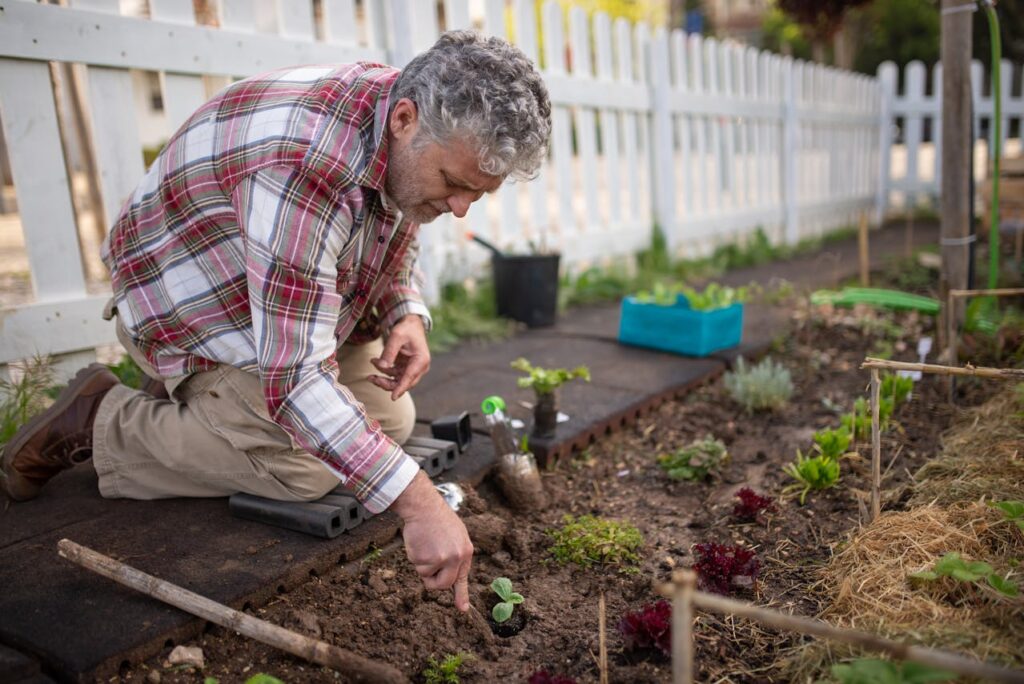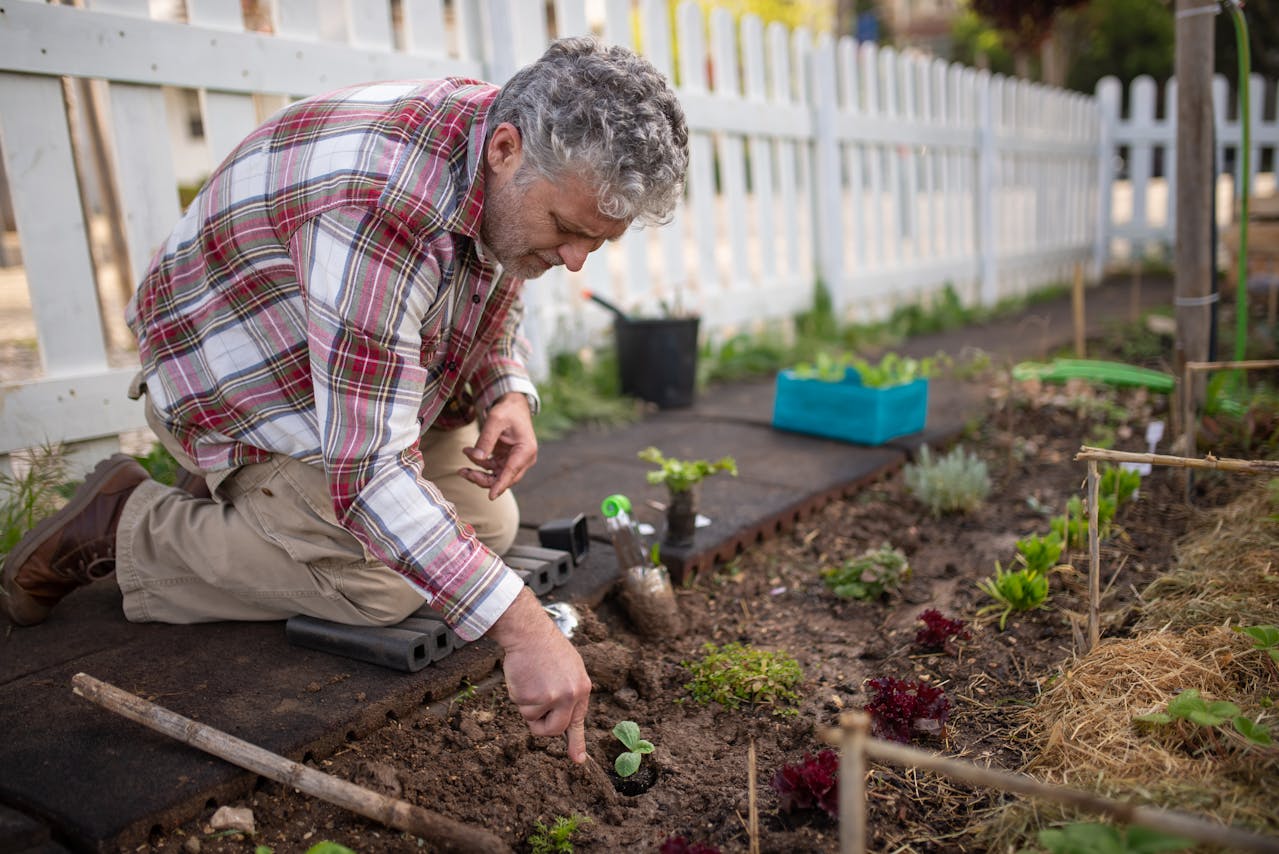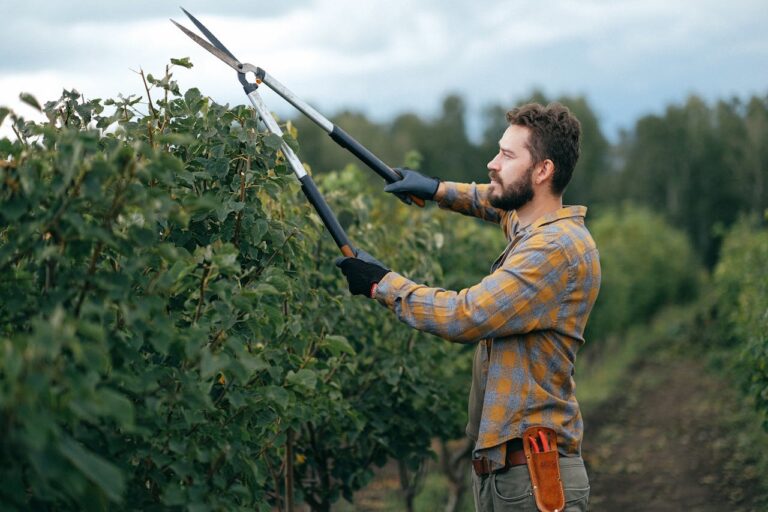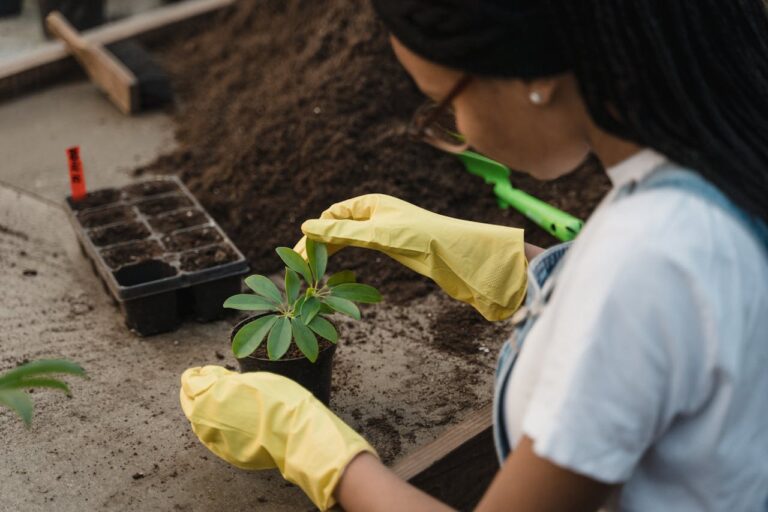Greener Yards: Simple Steps for Eco-Friendly Landscaping
One of the easiest ways to create a greener yard is by choosing native plants that thrive naturally in your region. These plants are already adapted to local soil, weather, and pests, which means they require far less water, fertilizer, and maintenance. By planting native species, homeowners not only reduce their environmental impact but also create a welcoming habitat for local birds, bees, and butterflies. This choice turns a simple backyard into a thriving ecosystem that balances beauty with sustainability.
Conserving Water Wisely

Water conservation plays a huge role in eco-friendly landscaping, and it doesn’t have to be complicated. Replacing thirsty lawns with drought-resistant plants, installing drip irrigation systems, or simply collecting rainwater in barrels can dramatically cut down on water waste. Beyond saving money on utility bills, these practices help protect the community’s water supply during dry spells. A well-planned water strategy keeps a yard vibrant while showing care for the environment.
Reducing Chemical Use
Chemical fertilizers and pesticides may offer quick fixes, but they can harm soil health and pollute waterways. Eco-friendly landscaping focuses on using organic compost, mulching, and natural pest control methods. Healthy soil enriched with compost nurtures plants from the roots up, while companion planting can naturally ward off insects. By reducing chemical use, homeowners create safer outdoor spaces for children and pets while ensuring the yard contributes to a cleaner environment.
Creating Wildlife-Friendly Spaces
Transforming a yard into a haven for wildlife is another simple yet impactful step. Adding a bird bath, planting wildflowers, or leaving a small patch of natural meadow can encourage pollinators and small animals to visit. These touches bring life and movement into the garden while supporting biodiversity. Even small yards can provide shelter and food for beneficial species, turning ordinary spaces into vibrant, interconnected sanctuaries.
Practicing Sustainable Maintenance
Sustainability in landscaping doesn’t stop at planting and design—it continues with how the yard is maintained. Switching from gas-powered mowers to electric ones, reusing clippings as mulch, and minimizing excessive pruning all reduce waste and energy use. Composting yard waste instead of sending it to landfills also closes the loop on natural resources. With thoughtful maintenance, every homeowner can keep their yard green and eco-friendly throughout the year, showing that sustainable choices are both practical and rewarding.



